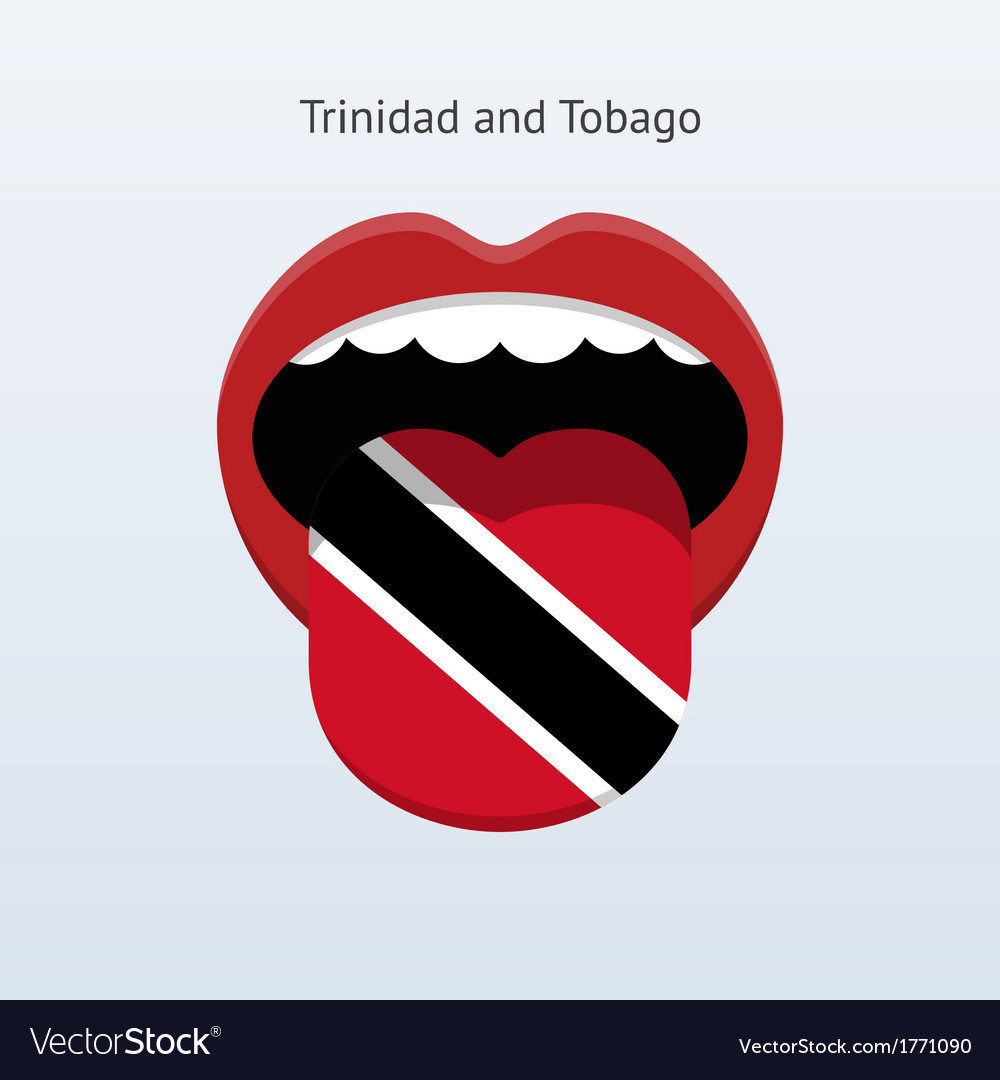
Trinidad and Tobago, a vibrant twin-island nation located in the southern Caribbean, is a melting pot of cultures, traditions, and languages. The linguistic landscape of this nation is as diverse as its history, shaped by indigenous peoples, European colonizers, African slaves, and East Indian indentured laborers. The result is a unique blend of languages that reflect the country's rich cultural heritage.
The primary language spoken in Trinidad and Tobago is English, which serves as the official language. However, the islands are home to a variety of Creole languages and dialects that are widely used in everyday conversations. These linguistic varieties not only convey the local identity but also play a crucial role in cultural expression, music, and social interaction. The Trinidad and Tobago language scene is characterized by its lively, expressive nature, making communication both colorful and captivating.
In this article, we will delve into the various aspects of the Trinidad and Tobago language, exploring its history, influences, and current usage. Understanding the linguistic landscape of Trinidad and Tobago will provide valuable insights into the cultural fabric of this remarkable nation, showcasing how language shapes identity and community.
What is the Official Language of Trinidad and Tobago?
The official language of Trinidad and Tobago is English, a remnant of the British colonial era that has persisted since the islands were colonized in the 18th century. While English is the language of government, education, and media, its usage often varies with regional accents and local expressions that reflect the island’s diverse cultural influences.
How Do Creole Languages Fit into the Trinidad and Tobago Linguistic Landscape?
In addition to English, Trinidad and Tobago boasts a rich array of Creole languages, most notably Trinidadian Creole and Tobagonian Creole. These languages emerged from a blend of English with African languages, as well as influences from Spanish, French, and East Indian languages. They are primarily spoken in informal settings and often reflect the local culture and history.
What are the Characteristics of Trinidadian Creole?
Trinidadian Creole, also known as Trinidad Creole English, exhibits several distinct characteristics:
- Reduction of consonant clusters (e.g., "test" becomes "tes")
- Unique vocabulary and phrases influenced by African and Indian languages
- A distinctive rhythm and intonation patterns that differ from Standard English
- Use of local idioms and expressions that convey cultural nuances
Why is Language Important to Trinidad and Tobago Culture?
Language plays an integral role in shaping the identity and culture of Trinidad and Tobago. It serves as a medium for storytelling, music, and social interaction, allowing people to express their thoughts and emotions in a way that resonates with their cultural background. The vibrant expressions found in Trinidad and Tobago language contribute significantly to the island's rich cultural tapestry.
How Does Language Influence Music and Arts in Trinidad and Tobago?
Trinidad and Tobago is famous for its music, particularly calypso, soca, and steelpan music. The Trinidad and Tobago language heavily influences these musical genres, with lyrics often reflecting local dialects, idioms, and cultural references. This connection between language and music fosters a sense of community and belonging among the people, as they celebrate their heritage through song and dance.
What are the Challenges Facing Trinidad and Tobago Language Today?
Despite the rich linguistic diversity, there are challenges facing the Trinidad and Tobago language today:
- Globalization and the dominance of English may overshadow local languages.
- Limited resources for the preservation and promotion of Creole languages.
- The need for more formal recognition of Creole languages in education and media.
How Can We Preserve the Trinidad and Tobago Language and Culture?
Preserving the Trinidad and Tobago language and culture requires concerted efforts from the community, government, and educational institutions. Some strategies include:
- Incorporating local languages and dialects into the school curriculum.
- Promoting local literature, music, and arts that celebrate Trinidadian and Tobagonian heritage.
- Encouraging community events and workshops that foster dialogue and cultural exchange.
What Role Does Technology Play in Language Preservation?
Technology can be a powerful tool for preserving and promoting Trinidad and Tobago languages. Social media platforms, mobile apps, and online resources can facilitate language learning and cultural exchange, enabling younger generations to engage with their linguistic heritage. By leveraging technology, communities can create a digital archive of local expressions, stories, and traditions that can be accessed and appreciated by all.
Conclusion: Celebrating Trinidad and Tobago Language Diversity
In conclusion, the Trinidad and Tobago language is a vibrant tapestry woven from various cultural threads, reflecting the island's rich history and diverse influences. From the official use of English to the lively expressions found in Creole languages, the linguistic landscape of Trinidad and Tobago is a testament to its cultural heritage. By recognizing the importance of language in shaping identity and fostering community, we can work together to preserve and celebrate the unique linguistic diversity of this beautiful nation.
ncG1vNJzZmirn521b6%2FOpmasp5idu6bD0qCcq7FoZMGztc2im5qcXZa7pXnTqJman59iuaK6xq6YoJ1encGuuA%3D%3D